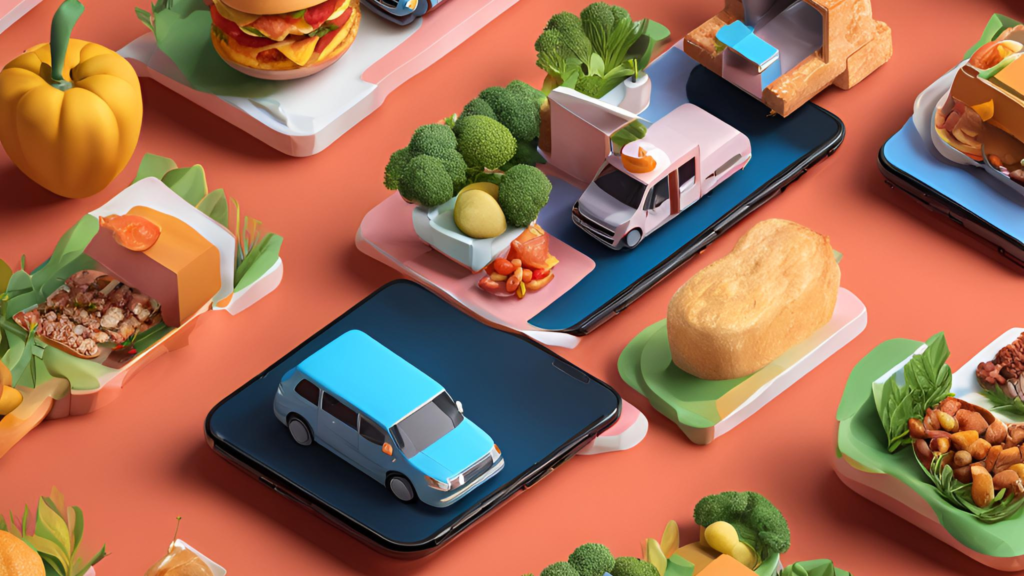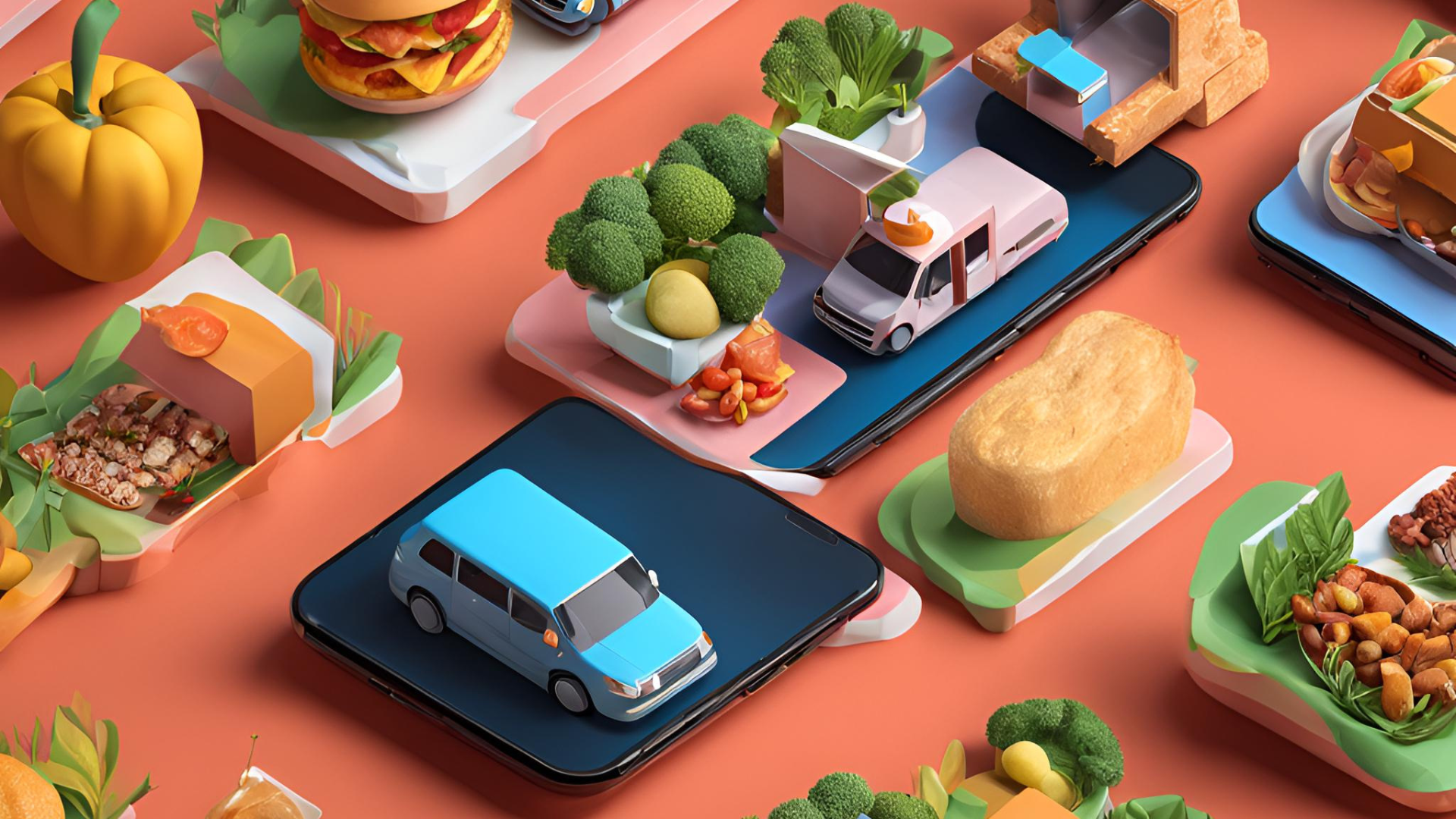 From Berlin to Bangalore and from Shanghai to São Paulo, and even where you stand right now, app stores are overflowing with food/grocery delivery and ride-hailing options, each vying for a single tap. The market is massive: Statista reports over 3 billion people used online food delivery in 2024, with the global ride-hailing market worth an estimated US$186 billion in 2024 and an estimated 300 million users worldwide. Q-commerce, the newest kid on the block, has seen some roaring success, thanks in part to the COVID-19 pandemic. “Necessity is the mother of invention,” as is often attributed to Plato, and the need for not just deliveries but quick, almost instantaneous deliveries necessitated the need for such services at a time when daily life and movement were heavily restricted. The result? By the start of 2024, Q-commerce users worldwide were estimated at 512 million, with global revenues estimated at over US$100 billion. Yet, despite this massive user base, a universal struggle plagues these apps: soaring user acquisition costs and fleeting engagement.
From Berlin to Bangalore and from Shanghai to São Paulo, and even where you stand right now, app stores are overflowing with food/grocery delivery and ride-hailing options, each vying for a single tap. The market is massive: Statista reports over 3 billion people used online food delivery in 2024, with the global ride-hailing market worth an estimated US$186 billion in 2024 and an estimated 300 million users worldwide. Q-commerce, the newest kid on the block, has seen some roaring success, thanks in part to the COVID-19 pandemic. “Necessity is the mother of invention,” as is often attributed to Plato, and the need for not just deliveries but quick, almost instantaneous deliveries necessitated the need for such services at a time when daily life and movement were heavily restricted. The result? By the start of 2024, Q-commerce users worldwide were estimated at 512 million, with global revenues estimated at over US$100 billion. Yet, despite this massive user base, a universal struggle plagues these apps: soaring user acquisition costs and fleeting engagement.
This harsh reality is reflected in the average cost-per-install (CPI) for mobile apps exceeding $4, up from a CPI range of between just $0.5 and $2 just five years ago. Statista adds another layer of concern, reporting that 77% of daily active users (DAUs) abandon an app within three days. In this fiercely competitive global landscape, food delivery and mobility app developers need a strategic edge to stand out from the crowd and cultivate long-term engagement, regardless of location.
Mobile OEM Advertising: A Targeted Approach Beyond the App Store Frenzy
Mobile OEM advertising offers a laser-focused strategy. It encompasses tactics like display advertising and Dynamic Preloads within the ecosystem of device manufacturers. This approach allows apps to be prominently displayed as ads on the OEM device or within the OEM’s owned app store or Dynamically Preloaded onto the user’s device during setup—offering a more direct and personalized way to reach potential users.
Here’s how mobile OEM advertising addresses specific challenges faced by food and mobility apps:
Food Delivery/Q-commerce Apps: Conquering the “Hangry” Craving
Challenge: High Customer Acquisition Costs and Low Retention
Navigating high customer acquisition costs and combating low retention rates are significant hurdles for delivery apps. OEM advertising through dynamic preloads offers a strategic advantage in this competitive landscape. Delivery apps dynamically preloaded onto new phones are primed to satisfy those instant “hangry” cravings or other 11th-hour grocery or household needs. Imagine a user with a rumbling stomach setting up a new phone and immediately discovering a delivery app preloaded just for them.
This tailored experience bypasses the need for extensive app store searches, resulting in quicker orders. By leveraging dynamic preloads, OEM advertising not only helps reduce user acquisition costs but also potentially improves retention rates by providing convenience when it’s most crucial, all while addressing the challenge of brand familiarity.
Mobility Apps: Seamless Rides, Satisfied Users
Challenge: Intense Competition and User Loyalty
Ride-sharing and ride-hailing apps face the dual challenge of standing out among numerous alternatives and retaining users amidst changing preferences. Mobile OEM advertising through dynamic preloads offers a strategic advantage in this landscape. Apps dynamically preloaded onto new phones are poised to streamline urban commutes seamlessly. Imagine a commuter in a bustling city setting up a new phone and immediately discovering a ride-hailing app preloaded just for them.
This personalized approach eliminates the need to search through app stores, leading to quicker ride bookings. By leveraging dynamic preloads, mobile OEM advertising not only helps reduce user acquisition costs but also potentially improves retention rates by providing convenience when it’s most crucial while simultaneously addressing the challenge of brand familiarity.
Beyond User Acquisition: A Data-Driven Future
Mobile OEM advertising extends beyond just acquiring new users. Both food delivery and mobility apps can leverage the anonymized data to personalize user experiences:
- Food Delivery Apps: Analyze usage patterns to recommend restaurants based on past preferences and location. This creates a more relevant and enjoyable user experience, potentially leading to increased order frequency.
- Mobility Apps: Personalize fare estimates and suggest alternative routes in case of traffic congestion. This enhances user convenience and satisfaction, potentially boosting app retention.
- Q-commerce: Predict and cater to users’ immediate shopping needs; personalized recommendations based on time of day or location can significantly enhance user convenience. This data-driven approach not only streamlines the shopping experience but can potentially foster higher customer loyalty and more frequent transactions,
Real-World Impact: Partnerships that Drive Growth
How do you get a slice of the action, expand your reach, and drive mobile user acquisition in a niche market?
Leveraging AVOW’s partnerships with MobileOEMs is one way. But don’t take our word for it. Here is what Mayank Singh, CDO & VP of Domino’s Pizza Indonesia, had to say about our collaboration.
“Our partnership with AVOW aligns perfectly with our business growth objectives, and is emerging as an essential partner for our annual growth by expanding our reach, enhancing user engagement, and delivering a remarkable return on investment.”
Partnering with the Experts: Navigating the OEM Landscape
While mobile OEM advertising offers immense benefits, navigating the complexities of partnerships with mobile OEMs requires expertise. Mobile OEM specialists such as AVOW, with industry knowledge and established relationships with OEMs such as Xiaomi, Samsung, OPPO, Vivo, Huawei, Transsion, and more, can help food delivery and mobility apps secure the most impactful OEM partnerships, maximizing their reach and return on investment.
OEM advertising offers a strategic advantage for food and mobility apps in a saturated market. It bypasses the app store frenzy, prioritizes user convenience, fosters brand trust, and unlocks valuable data insights for personalization. As technology advances, OEM partnerships will continue to evolve, offering even more innovative solutions for food and mobility companies to differentiate themselves and thrive in the years to come.
Contact us today and let the mobile OEM specialists help you navigate the OEM landscape!
About the Author






